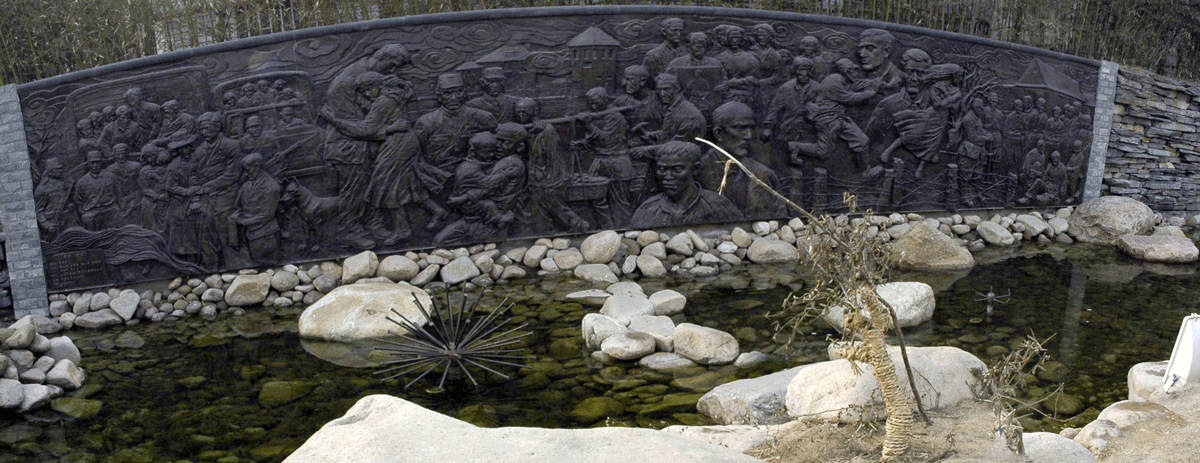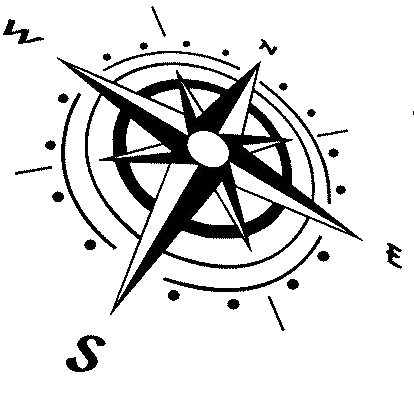SIXTY YEARS LATER
... translation by Google translate ...
Emmanuel Hanquet writes,
On August 17, 1945, it is ten o'clock in the morning. The sun shines after the 8 o'clock call, during which it was necessary to line up in front of our house, which, on two levels, shelters about thirty internees: 12 missionary fathers on the ground floor - including six samistes: de Jaeger, Hanquet, Keymolen, Palmers, Unden and Wenders, and about fifteen young singles upstairs.
For almost 2 years, I have been chosen by the group to be their "Warden" and ensure the smooth running of operations when a Japanese guard shows up.
For several days, noises have been circulating in the camp. It is said that Japanese traders from the nearby town, Weihsien, are packing up. Suddenly as we stroll - in small groups - on the space that serves us as a playground, a strange sound of a plane trying to recognize our camp is heard. This is not the sound of a Japanese plane that we are used to. And then this plane flies lower and allows us to see on its flank its American cockade. He has just returned to the west of camp leaving a dozen packages hanging on parachutes of colors. After a second lateral parachuting identical to the first, it was the bouquet in the third passage: 7 parachutes of white silk, at the end of which were hanging 7 angels from the sky to free us. The group of Americans had joined a young Chinese volunteer who was to act as an interpreter. In less time than thought, we passed the front door, leaving the Japanese guard disconcerted, and we ran in the countryside to welcome the leader of the group, Major Staiger, perched atop a grave.
Sixty years later, the local Chinese government decided to commemorate the event with great fanfare by inviting a number of former prisoners.
It turns out that for 4-5 years, a website had opened on the net "weihsien@topica.com" where some camp elders, from Australia, Canada, Belgium, England and the United States. United shared their memories. Some even risked a return to the scene to recognize what was left of our camp, more and more dismantled.
A Chinese official was commissioned by his government to go to the United States in 2004 to meet elders wishing to see where we spent 2 ½ years of our lives. He met several enthusiasts of the project, especially among those who were still schoolchildren at the camp.
Among them were Mary Previte, who became a representative of her state in the United States, and Norman Cliff, great-grandson of the well-known China Inland Mission founder of the Protestant missionary world. Norman Cliff had already returned to Weihsien several times, especially to worship the tomb of Eric Liddel, his former professor who died at the camp. The latter had won the 400 meters at the Paris Olympics in 1924 and his story had been the theme of the film that many of you saw. Michel Dumortier told me he had seen it 3 times? "Chariots of fire". Cliff had noticed on one last visit that the tomb had been embellished and moved near the entrance.
This time they were 70 camp elders, having answered the call, for 3 days, from the local government. There were speeches and meals. For the occasion, the tomb of Eric Liddel had been embellished and the edge of the camp. What was our dump where we were going to empty our garbage cans, had become a beautiful public garden bordering a stream cleaned and channeled.


But the summit of the meeting was the inauguration of a vast stele built at the entrance of the garden and bearing the names of all the former prisoners. This is how seven of our confreres have their names engraved on the stone in this garden of China.
A question arose at the end of this meeting, why did the Chinese had so much trouble to succeed in this meeting? The explanation would be that they would want to pass through the tour operators at the 2008 Beijing Olympics. Notice to the amateurs who would like to represent us.
#










